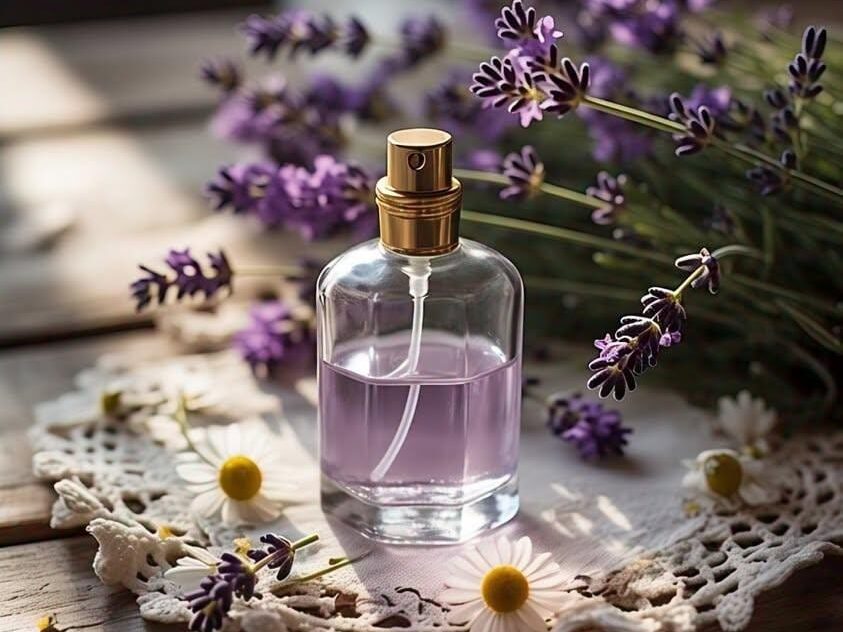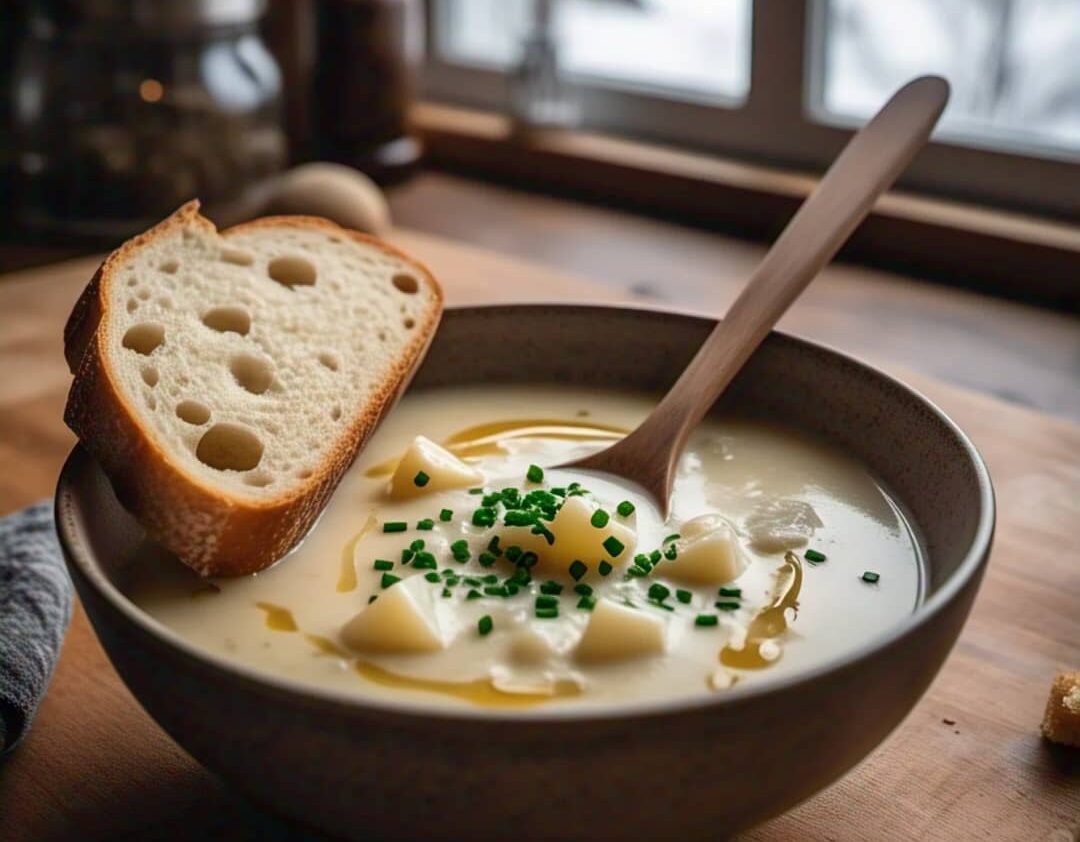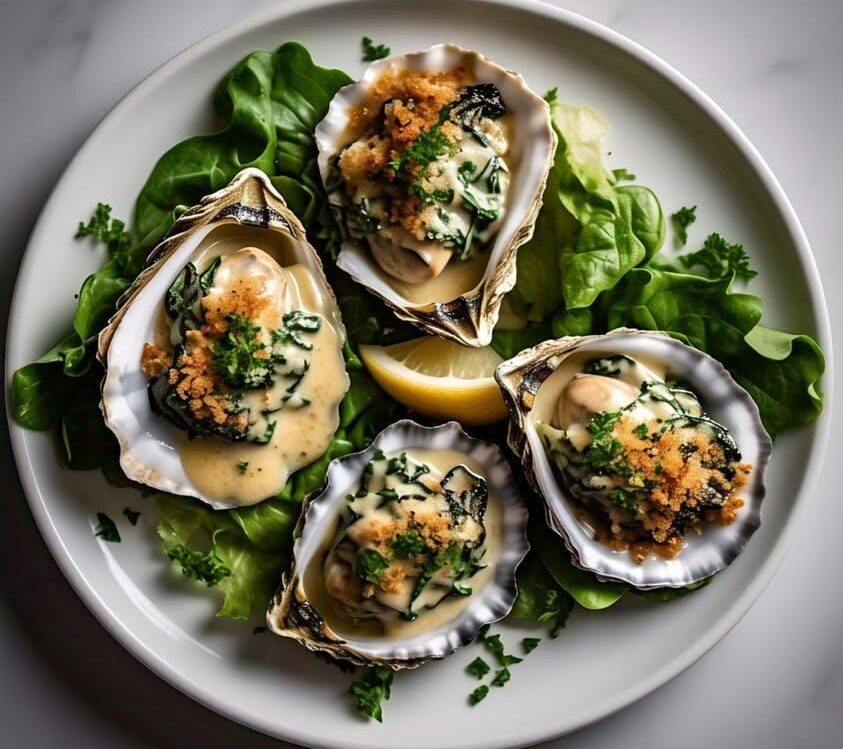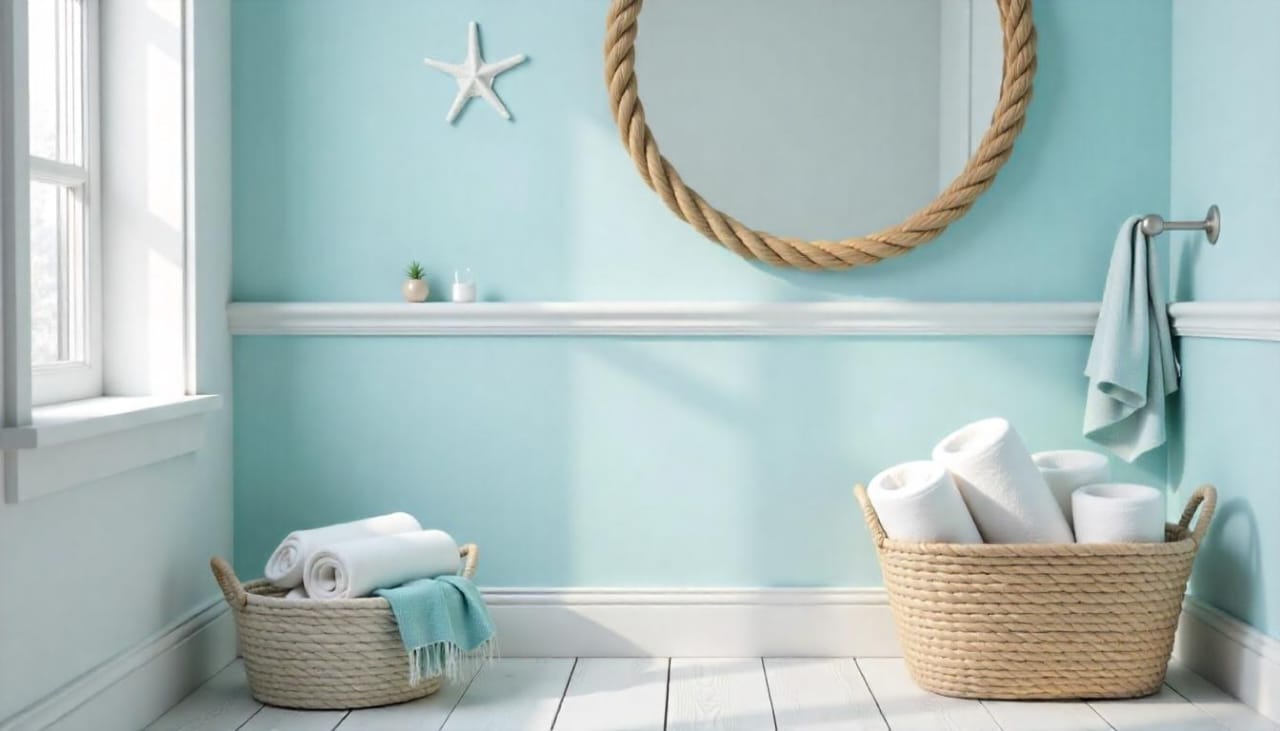If you’ve ever wished for a natural, calming scent that lingers gently on your skin, look no further than the soothing combination of lavender and chamomile. These two ingredients are known not only for their beautiful floral aromas but also for their relaxing, stress-relieving properties. Making your own perfume at home is not just a creative project—it’s a step towards eliminating harsh chemicals and embracing a more natural lifestyle. Whether you’re an aromatherapy enthusiast or just someone who enjoys the art of crafting, this DIY lavender and chamomile perfume is a must-try.
Homemade perfume gives you full control over what you apply to your skin. Store-bought fragrances often contain synthetic compounds, alcohols, and preservatives that may cause irritation, allergies, or simply don’t align with your values. When you make your own, you’re not only curating a scent that suits your taste perfectly, but you’re also avoiding the potential hazards hidden in commercial products.
Ingredients You’ll Need for a Simple Floral Perfume
Creating a well-balanced perfume starts with quality ingredients. For this recipe, you’ll need just a few natural components. Make sure to opt for organic or high-quality essential oils to ensure both the scent and the safety of your perfume. Here’s what you need:
- Lavender Essential Oil – 15 drops
- Roman Chamomile Essential Oil – 10 drops
- Jojoba Oil (or sweet almond oil) – 2 tablespoons (acts as the carrier oil)
- Witch Hazel or Vodka (as a base/fixative) – 1 tablespoon
- Distilled Water – 1 tablespoon
- Small glass perfume bottle or spray bottle (preferably amber or cobalt blue to protect the oils from sunlight)
Lavender essential oil is known for its clean, herbal-floral scent that promotes relaxation and mental clarity, while Roman chamomile adds a soft, sweet, apple-like fragrance that’s calming and emotionally soothing. Jojoba oil mimics your skin’s natural oils, making it a perfect carrier that absorbs well and nourishes your skin.
Step-by-Step Instructions to Make Your Perfume
- Sterilize Your Bottle: Start by cleaning and drying your perfume bottle thoroughly. This prevents bacterial contamination and ensures your perfume lasts longer without spoiling.
- Mix the Base Ingredients: Add 1 tablespoon of witch hazel (or vodka) into the bottle. This acts as a fixative to help the scent last longer once sprayed.
- Add the Essential Oils: Add your lavender and chamomile essential oils to the bottle. You can adjust the ratio slightly based on your preference—more lavender if you want a fresh floral kick or more chamomile for a softer, powdery finish.
- Pour in the Carrier Oil: Add 2 tablespoons of jojoba oil. Shake the bottle gently to blend all oils thoroughly.
- Add Distilled Water: Finally, pour in 1 tablespoon of distilled water. This helps dilute the oils and makes it easier to spray.
- Shake & Rest: Shake the bottle well and let it sit in a cool, dark place for at least 24–48 hours. For a deeper scent blend, allow the mixture to mature for 1–2 weeks. Shake once daily.
Common Mistakes to Avoid When Making DIY Perfume
While the process of making your own perfume seems simple, there are a few common pitfalls that can affect the quality and longevity of your homemade fragrance. Here’s what to steer clear of:
1. Using Too Much Essential Oil
More oil doesn’t always mean stronger scent. In fact, overpowering a blend can make the perfume smell too intense and may cause skin sensitivity. Stick to safe dilution guidelines, especially if you have sensitive skin.
2. Skipping the Fixative
Some people skip witch hazel or vodka, thinking it’s not important. However, this ingredient helps the fragrance last longer on the skin and ensures the oils blend properly. Without it, your scent might fade within minutes.
3. Choosing the Wrong Bottle
Plastic bottles can break down over time when in contact with essential oils, affecting the purity and safety of your perfume. Always use glass bottles, preferably dark-tinted to protect the oils from light damage.
4. Not Letting It Mature
Perfume needs time to settle. If you use it immediately after mixing, you won’t get the full scent profile. Give it at least a few days, ideally up to two weeks, to fully develop its aroma.
5. Using Tap Water Instead of Distilled
Tap water contains minerals and bacteria that can contaminate your perfume over time. Use only distilled water to preserve the freshness and integrity of your blend.
Final Thoughts: Enjoy Your Signature Scent
There’s something incredibly empowering about creating your own signature scent—especially when it’s made with gentle, natural ingredients that nourish your skin and soothe your senses. The lavender and chamomile blend is perfect for everyday use: light, floral, and peaceful. Use it after a shower, before bed, or whenever you need a moment of calm.
With each spritz, you’ll be reminded of the peaceful energy you poured into crafting your own beauty product. Once you’re comfortable with this base recipe, don’t hesitate to experiment with other complementary oils like vanilla, bergamot, or ylang-ylang for a unique twist.
Happy blending! 🌸💧






Leave a Reply